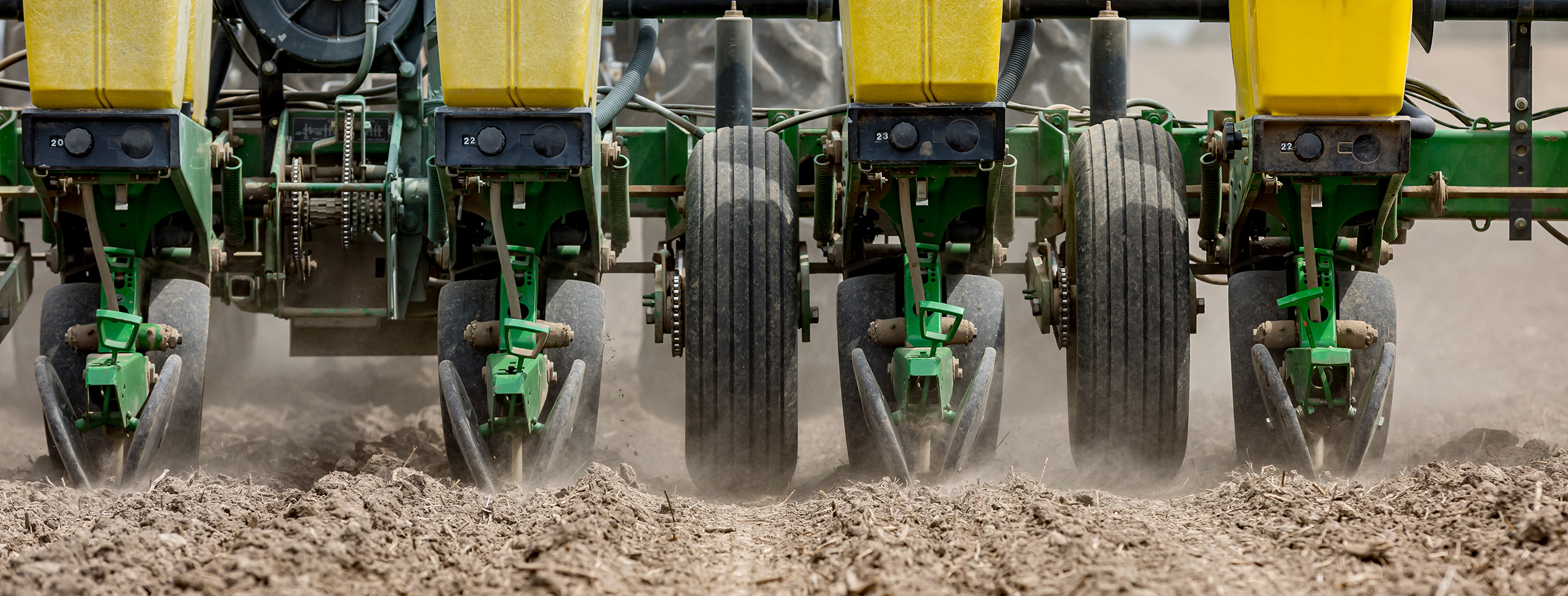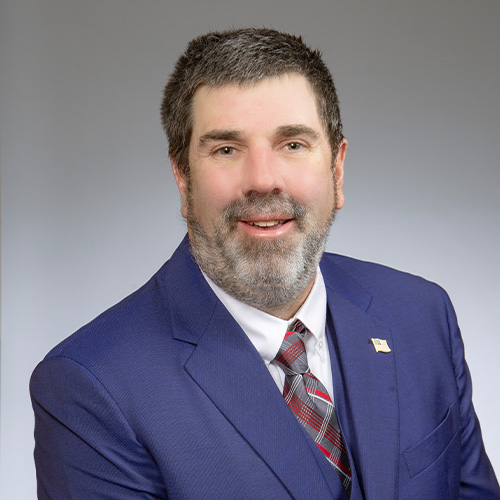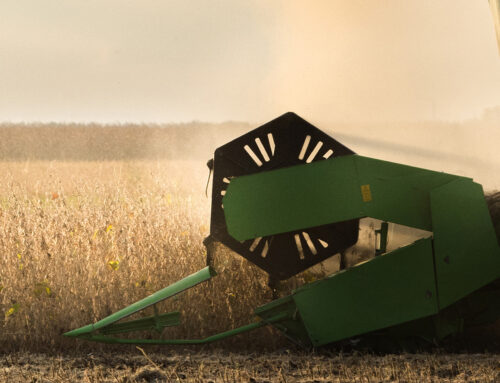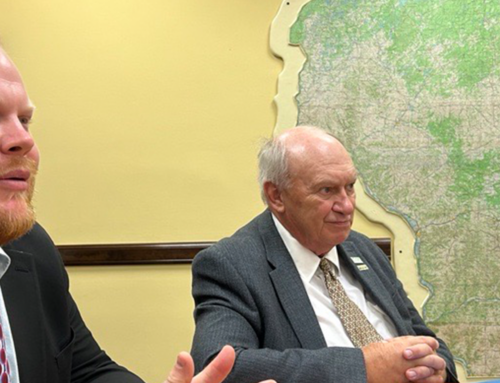
Wisconsin Soybean board members begin 2023 growing season
Share This
Across Wisconsin, farmers are smiling ear to ear as they head back to their fields and begin planting their crops for the 2023 growing season. Though there have been weather delays, spirits are high and growers are optimistic.
“We had a later start than usual last year, and this year is similar. Although last year when we started, we were able to get it all done without any breaks or stoppages because of the weather,” said Wisconsin Soybean Association (WSA) Vice President Doug Rebout. “This year, we got out and planted some and then had to stop for a week and a half because of weather.”
Weather is the controlling factor. If Mother Nature cooperates, the rest of Wisconsin’s planting season should make significant progress in the coming week. Patrick Mullooly, Wisconsin Soybean Marketing Board (WSMB) president, estimates that while roughly 5-10% of the corn crop is planted in southern Wisconsin, those numbers are expected to increase significantly in the coming days.

Pat Mullooly
“The numbers will change quickly because the forecast for the end of the week and weekend is for good temperatures and dry, sunny weather,” Mullooly said. “If the weather holds through next week, there’ll be a lot of progress made on planting.”
On Rebout’s farm near Janesville, soybean planting is roughly halfway finished.
“We have about 600 acres of soybeans planted out of the 1,300 that will be planted,” Rebout said.
According to this week’s USDA Weekly Weather and Crop Bulletin, “19 percent of the nation’s soybean acreage was planted by April 30, 12 percentage points ahead of last year and eight points ahead of the five-year average.”
Unexpected challenges are bound to arise when farming, so analyzing trends and mitigating the fallout from anticipated challenges is vital. One of those anticipated challenges is juggling low commodity prices and high input costs.
“Our commodity prices have come down and our inputs were high. That’s not new, but the challenge will be how to stay profitable this year,” Mullooly said. “We’ll see what the rest of the growing season brings, but right now it looks like our biggest challenge is going to be managing that lower commodity price.”

Doug Rebout
As Rebout and Mullooly continue planting, both are working to refine management practices in their operations.
“We’re trying to figure out the ‘plant green’ concept so we’re doing some cover cropping and trying to figure out how long we can let that rye grow and plant into it,” Mullooly said. “We’re still trying to figure out the whole process.”
In April, WSA launched their 2023 Yield Contest where they added a new category for those farmers implementing a planting green system.
Nitrogen treatment has been a focus on Rebout’s farm.
“We’re continuing doing some tests on our farm with nitrogen and trying to figure out which process works the best for our operation,” Rebout said.
With plenty of sunshine in the forecast, Wisconsin soybean growers are happy to be back outside after a long winter and look forward to all the possibilities that the 2023 growing season brings with it.



